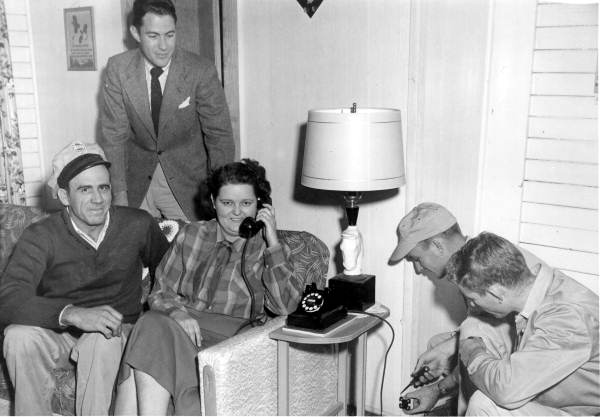
The problem with human communication is that it’s nuanced. Engagement around disease is more complex. And to suggest that patient comms is best conducted through asynchronous tools is to not understand the range and texture of human engagement between a patient/surrogate and a provider.
Take, for example, Luke, a school-aged child with moderate ulcerative colitis complicated by sclerosing cholangitis. Consider the range of potential complaints and exchanges that I might encounter with Luke’s mom:
- I need Lukes’ Asacol refilled. Pretty simple. A cue for an action. No conversation necessary. No doctor even necessary.
- After decreasing Luke’s Asacol, we’ve noticed blood in the stool. Pretty simple as well. Needs some exchange with a couple of questions and reassurance. Easily conducted asynchronously by secure text.
- Luke woke in the middle of the night with sharp RUQ pain and fever. Potentially serious. Lots of questions to ask. Probably needs a conversation, be it on video or telephone. Too much immediate, time-sensitive hypothesis generation and testing for text exchange.
- We’re in Quatar, Luke’s bloody diarrhea has returned, the local family doctor wants to use antibiotics and we need to know whether we should fly to Dubai. A conversation for sure. The visual value for a frightened family in a foreign land is hard to quantify.
I remember a couple of years back speaking in Tasmania I had an emergent Skype conversation with a family making the painful decision to withdraw care for their child. As we connected on the screen a teary-eyed mom and dad strained and huddled to be in view. ‘It’s good to see you,’ were the first words. This kind of exchange is tricky by text, marginal by phone, priceless in plain view, and really expensive by phone whey you’re off the southern coast of Australia.
We need to remember that nursing the runny nose of a wealthy hipster is one thing; engagement over the complications of chronic disease is another.
But despite how simple the solutions may seem, human connection over health will never be constrained to one platform. It’s just that simple. Or complicated.
Image via Flickr